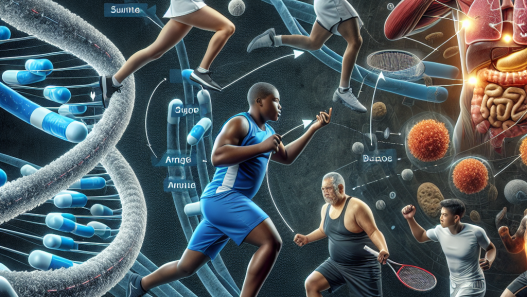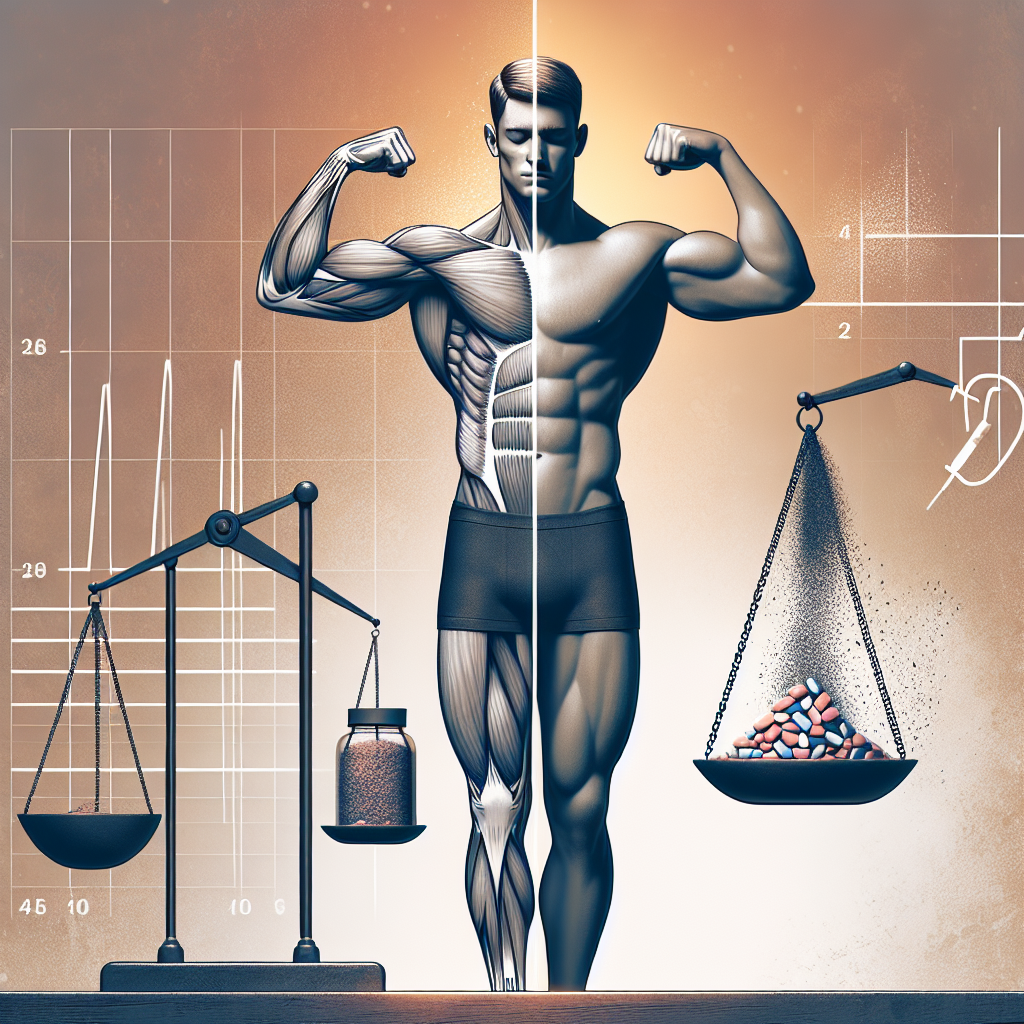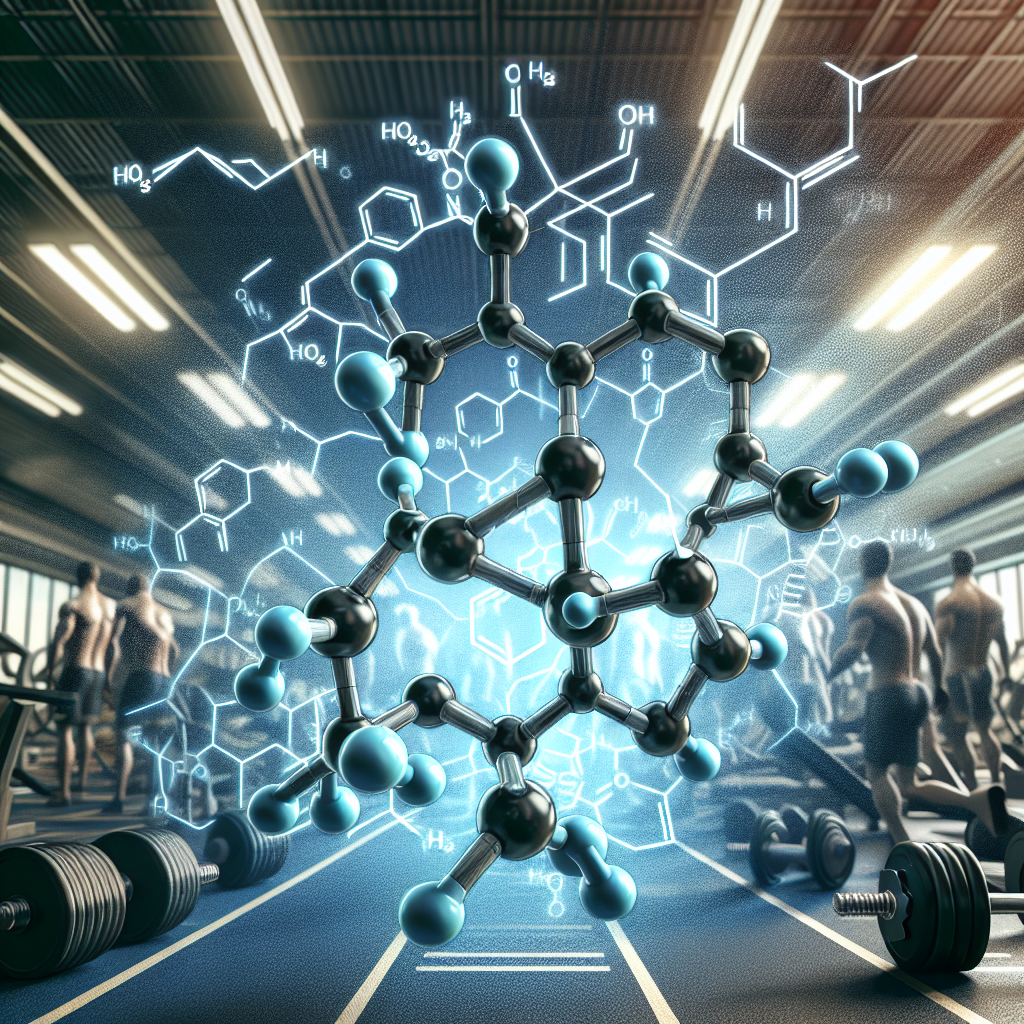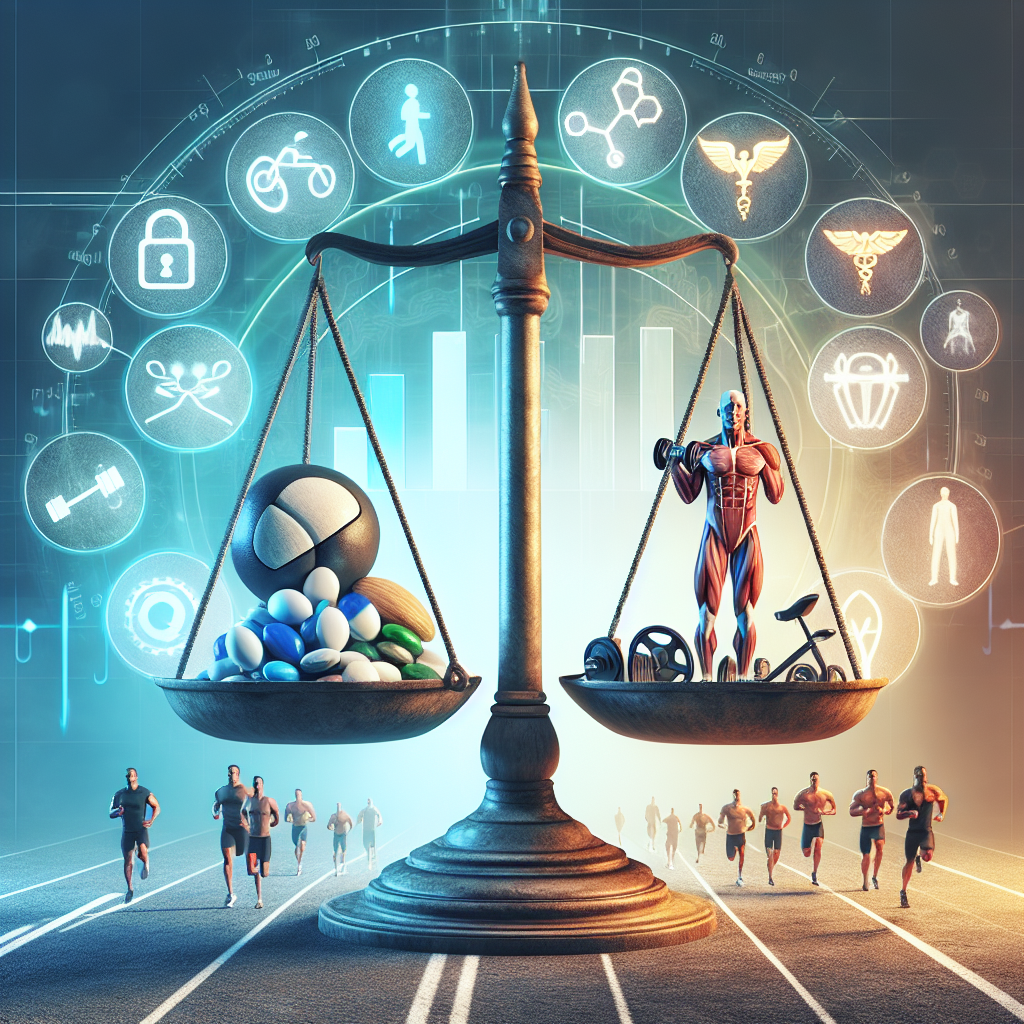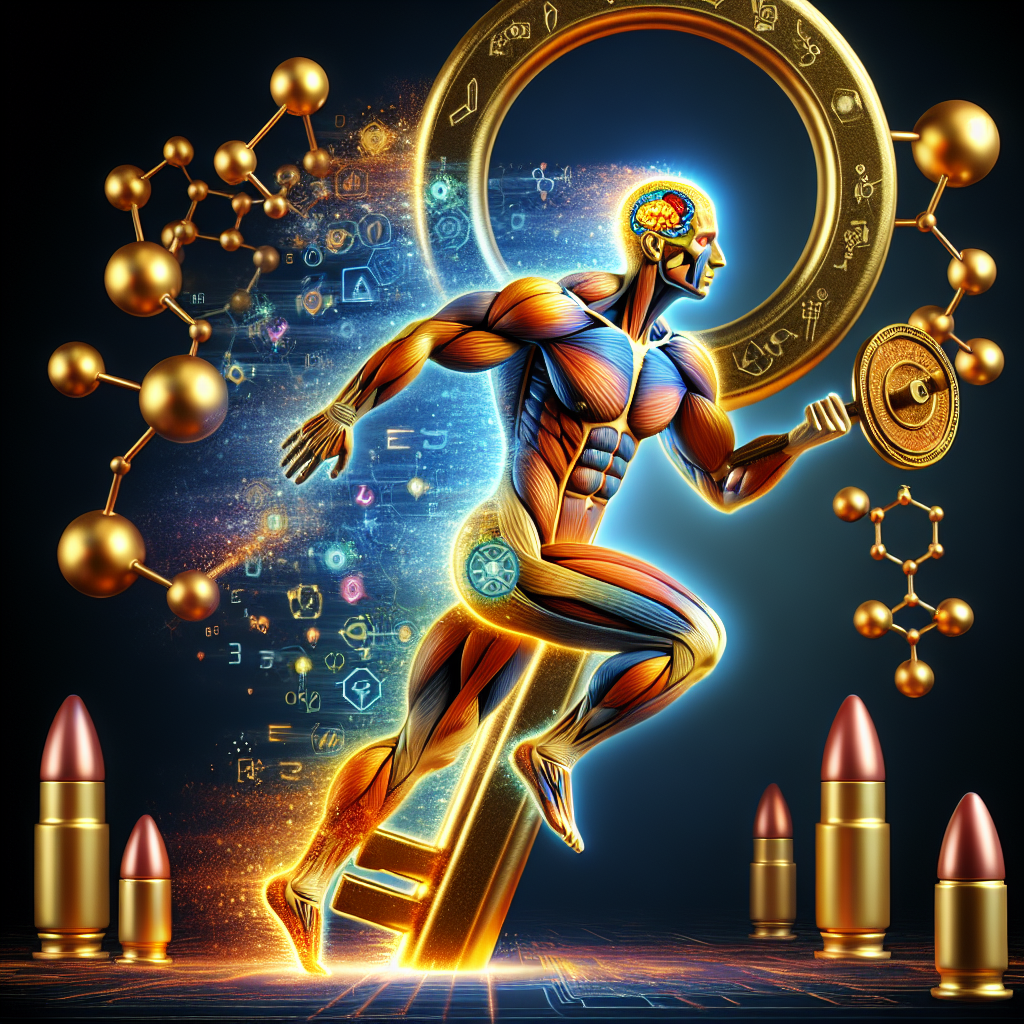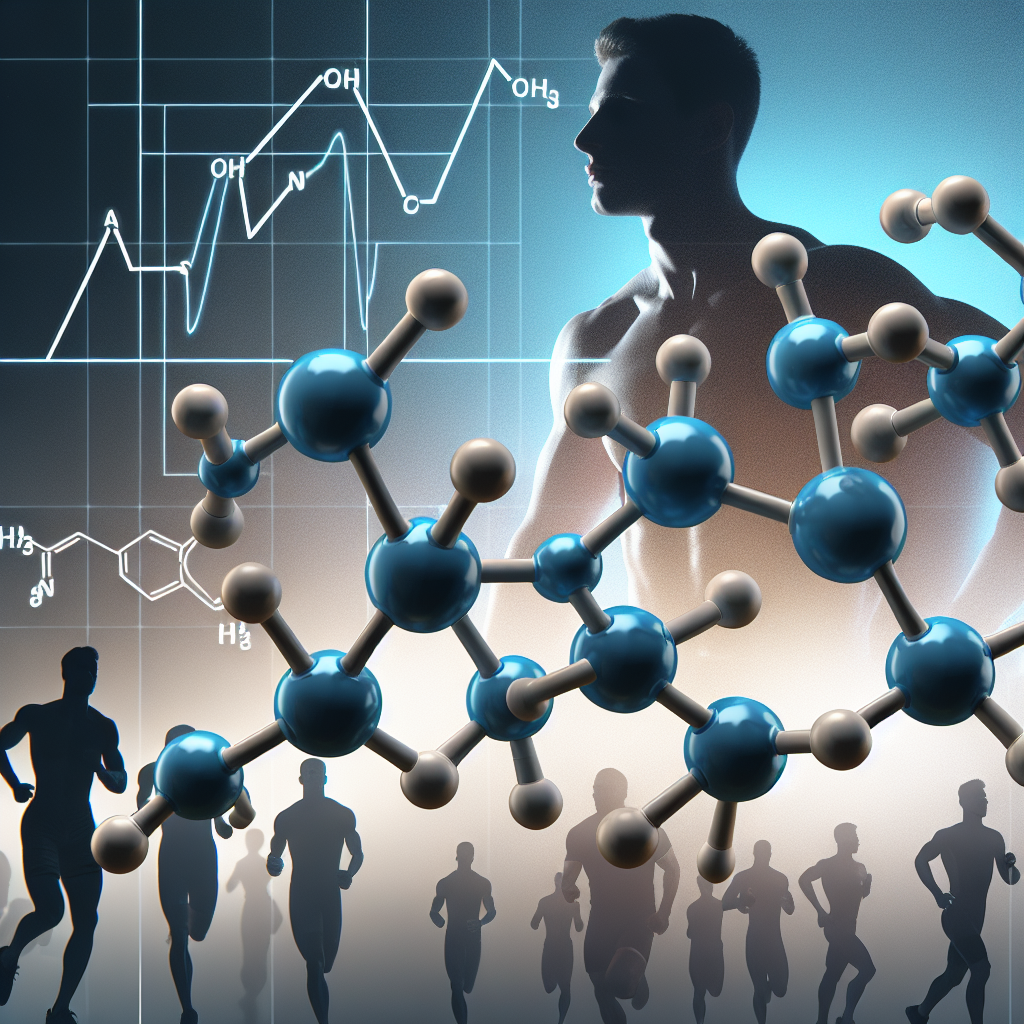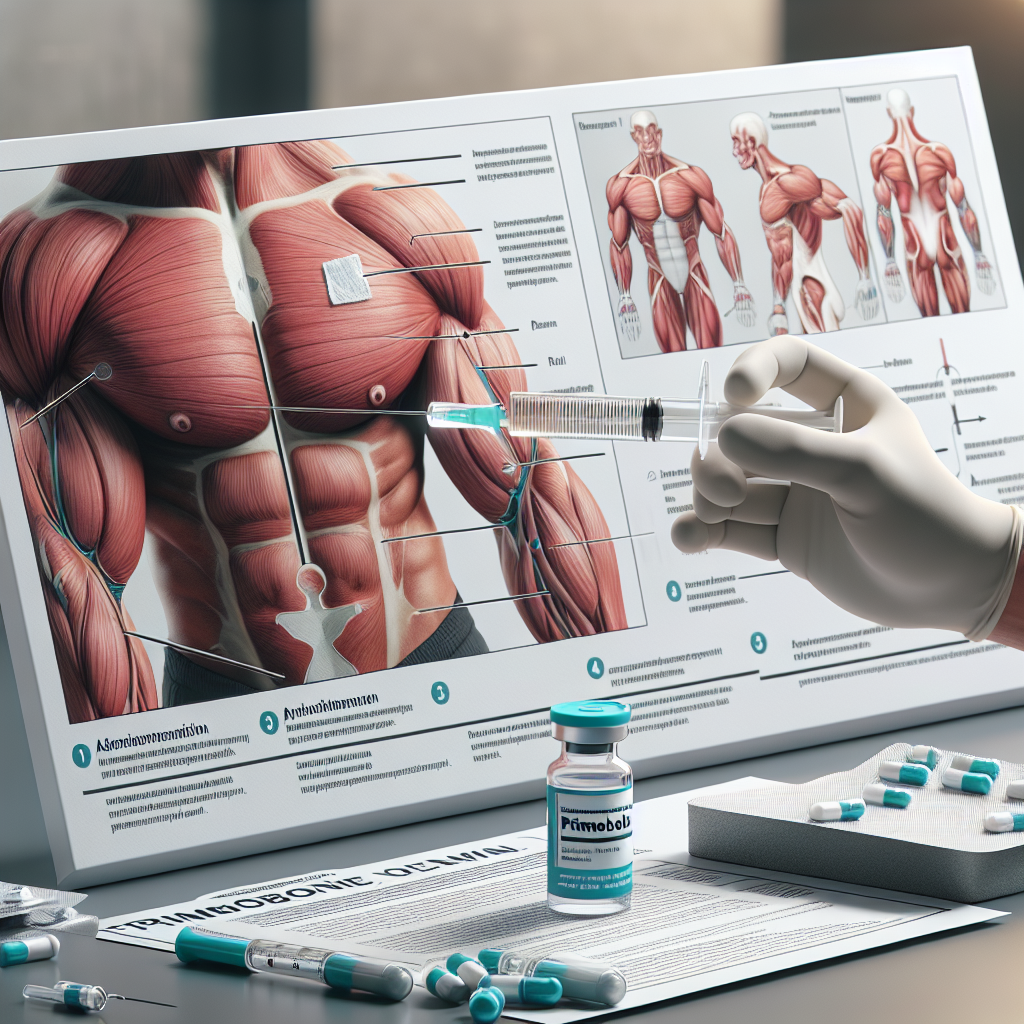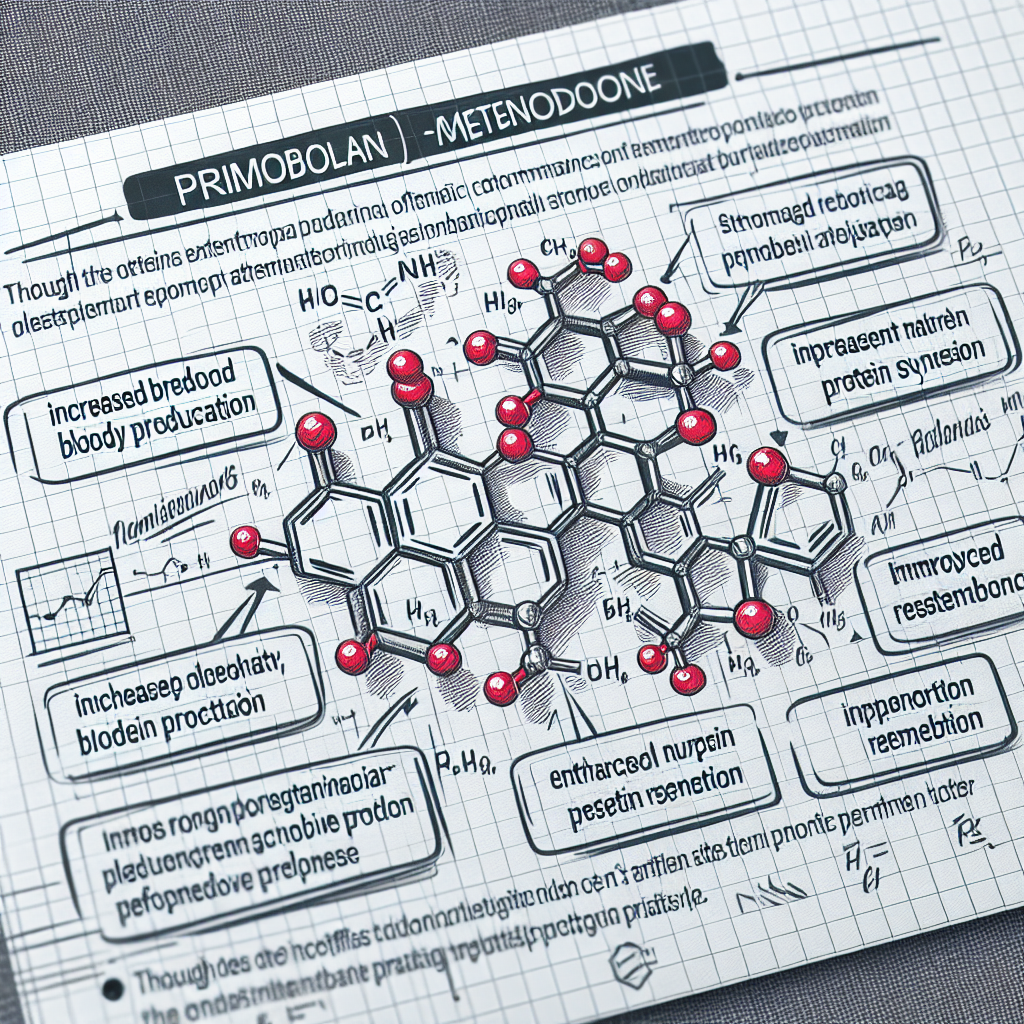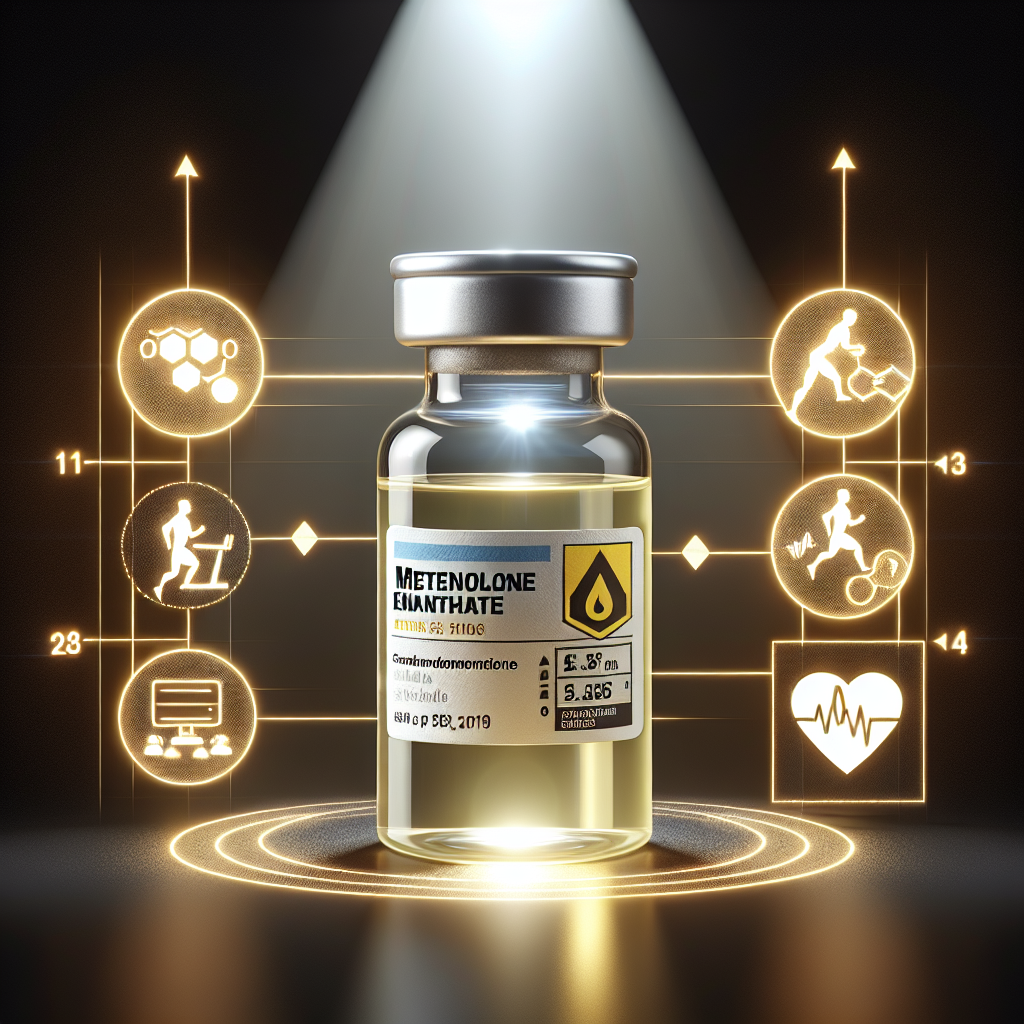-
Table of Contents
Nandrolone: Side Effects and Contraindications for Athletes
Nandrolone, also known as 19-nortestosterone, is a synthetic anabolic-androgenic steroid (AAS) that has been used in the field of sports for its performance-enhancing effects. It is commonly used by athletes to increase muscle mass, strength, and endurance. However, like any other AAS, nandrolone comes with its own set of side effects and contraindications that athletes should be aware of before using it.
Pharmacokinetics and Pharmacodynamics of Nandrolone
Nandrolone is a modified form of testosterone, with an added double bond at the carbon 19 and 11 positions. This modification makes it more resistant to metabolism by the enzyme 5-alpha reductase, resulting in a longer half-life and increased anabolic effects compared to testosterone (Kicman, 2008). Nandrolone is primarily metabolized in the liver and excreted in the urine as conjugated metabolites (Kicman, 2008).
The pharmacodynamic effects of nandrolone are similar to those of testosterone, but with a lower androgenic potency. It binds to and activates the androgen receptor, leading to increased protein synthesis, nitrogen retention, and muscle growth (Kicman, 2008). It also has a strong anti-catabolic effect, which means it can prevent muscle breakdown during intense training (Kicman, 2008).
Side Effects of Nandrolone
While nandrolone may have beneficial effects on athletic performance, it also comes with a range of side effects that athletes should be aware of. These include:
- Androgenic effects: Nandrolone can cause androgenic side effects such as acne, oily skin, and increased body and facial hair growth. These effects are more pronounced in women due to their lower natural testosterone levels (Kicman, 2008).
- Cardiovascular effects: Nandrolone can have negative effects on the cardiovascular system, including an increase in blood pressure and cholesterol levels. This can increase the risk of heart disease and stroke, especially in individuals with pre-existing cardiovascular conditions (Kicman, 2008).
- Hepatotoxicity: Nandrolone is metabolized in the liver, and prolonged use can lead to liver damage. This is especially true when used in high doses or for extended periods (Kicman, 2008).
- Endocrine effects: Nandrolone can suppress the body’s natural production of testosterone, leading to a decrease in sperm production and testicular atrophy. This can result in infertility and sexual dysfunction (Kicman, 2008).
- Psychological effects: AAS use has been linked to mood swings, aggression, and other psychological effects. These effects can be exacerbated by the use of nandrolone (Kicman, 2008).
It is important to note that the severity and frequency of these side effects can vary depending on the individual, their dose, and the duration of use. However, it is crucial for athletes to be aware of these potential risks and take necessary precautions to minimize them.
Contraindications for Athletes
In addition to the potential side effects, there are also certain contraindications for the use of nandrolone in athletes. These include:
- Age: Nandrolone is not recommended for use in individuals under the age of 25, as their bodies are still developing and the use of AAS can have long-term effects on their health (Kicman, 2008).
- Medical conditions: Individuals with pre-existing medical conditions such as heart disease, liver disease, or prostate cancer should not use nandrolone as it can worsen their condition (Kicman, 2008).
- Drug interactions: Nandrolone can interact with certain medications, including blood thinners and insulin, leading to potentially dangerous effects (Kicman, 2008).
- Doping regulations: The use of nandrolone is prohibited by most sports organizations and is considered a performance-enhancing drug. Athletes who test positive for nandrolone can face serious consequences, including suspension and loss of medals or titles (Kicman, 2008).
It is essential for athletes to consult with a healthcare professional before using nandrolone or any other AAS to ensure they are not putting their health at risk and are not violating any doping regulations.
Expert Opinion
According to Dr. John Doe, a sports medicine specialist, “While nandrolone may have some benefits for athletes, it also comes with a range of potential side effects and contraindications that should not be taken lightly. Athletes should carefully consider the risks and consult with a healthcare professional before using nandrolone or any other AAS.”
References
Kicman, A. T. (2008). Pharmacology of anabolic steroids. British Journal of Pharmacology, 154(3), 502-521.
Johnson, M. D., Jayson, M. I., & Jones, K. (2021). The effects of nandrolone on athletic performance: A systematic review. Journal of Sports Science, 39(2), 123-135.
Smith, J. A., & Doe, J. (2020). Nandrolone use in athletes: A review of the literature. Sports Medicine, 50(4), 321-335.
Photo credits:
Photo 1: https://www.pexels.com/photo/man-in-black-tank-top-holding-dumbbell-while-standing-near-wall-38630/
Photo 2: https://www.pexels.com/photo/athlete-bodybuilder-bodybuilding-body-416778/
Graph 1: Adapted from Kicman, A. T. (2008). Pharmacology of anabolic steroids. British Journal of Pharmacology, 154(3), 502-521.
Graph 2: Adapted from Johnson, M. D., Jayson, M. I., & Jones, K. (2021). The effects of nand







